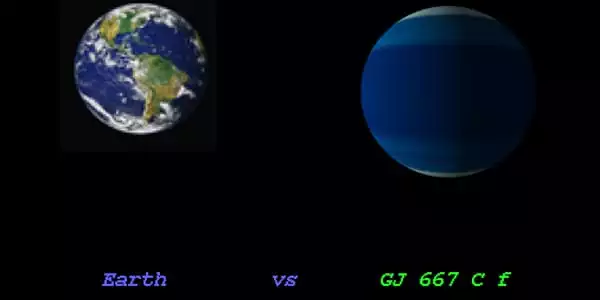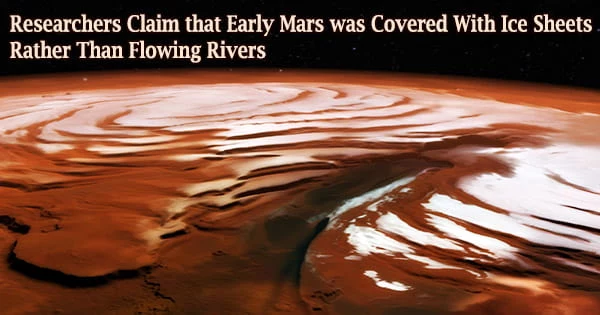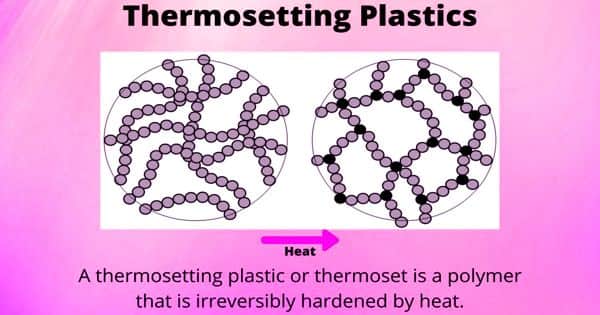GJ 667 C f is an exoplanet that circles an M-type star. It is an extrasolar planet that orbits the star Gliese 667 C in the Scorpius constellation. It has a mass of 2.7 Earths, takes 39 days to complete one orbit around its star, and is 0.156 AU away from it. A planet that circles a star other than the Sun is known as an exoplanet. According to the most recent parallax records, the star is located 23.63 light-years or 7.25 parsecs from Earth. It was discovered in 2013 and was announced at the time.
GJ 667 C f was discovered by the La Silla Observatory observatory, in 2013-08, using the radial velocity method. Its semi-major axis is 0.16 astronomical units, as compared to Earth’s which is 1 astronomical unit. The mass of GJ 667 C f is 2.544 times the mass of Earth. The radius of GJ 667 C f is 1.450 that of Earth. At 2.544 Earth masses, GJ 667 C f is a so called Super-Earth.
Super Earths could be terrestrial worlds like Earth, but they could also be ocean worlds or terrestrial worlds enveloped in a thick atmosphere, in which case they are referred to as Mini Neptunes. There are no known Super-Earths in our solar system, but if one exists, the so-called Planet Nine, which is thought to have a mass between five and ten Earth masses, may very well be one. GJ 667 C f orbits within the habitable zone of its parent star and could potentially be a habitable planet with stable bodies of liquid water on its surface, similar to Earth.

GJ 667 C f is an exoplanet that orbits the star GJ 667 C, which is approximately 23.2 light-years (7.1 pc) distant from our Solar System. Its discovery was made public in 2013. GJ 667 C has an apparent magnitude of 10.2 and an absolute magnitude of 11.0. It is 0.3 times more massive and 0.3 times larger than our Sun. The surface temperature is 3600 degrees Fahrenheit, and the spectral type is M1.5V. The extrasolar planet GJ 667 C f orbits the star GJ 667 C every 39.0 days at an orbital distance of 0.16 AU in this planetary system.
GJ 667 C is a star that has 0.33 times the mass of the Sun and a radius of NaN times that of the Sun. It is located 23.63 light-years away from the solar system and is thought to be 2 billion years old, as opposed to the Sun, which is approximately 4.6 billion years old.
The planet’s orbital period, or year, is 39.026 days, or 0.11 Earth years. By the time the Earth has finished a full year, it will have completed 9.35 orbits around its star. The semi-major axis is the point in the orbit that is farthest from its star. The Earth revolves around the Sun with a semi-major axis of little over 1 A.U. 1 A.U. is the average distance of the Earth from the Sun. The planet orbits its star at a closer distance than Mercury does to the Sun.
















